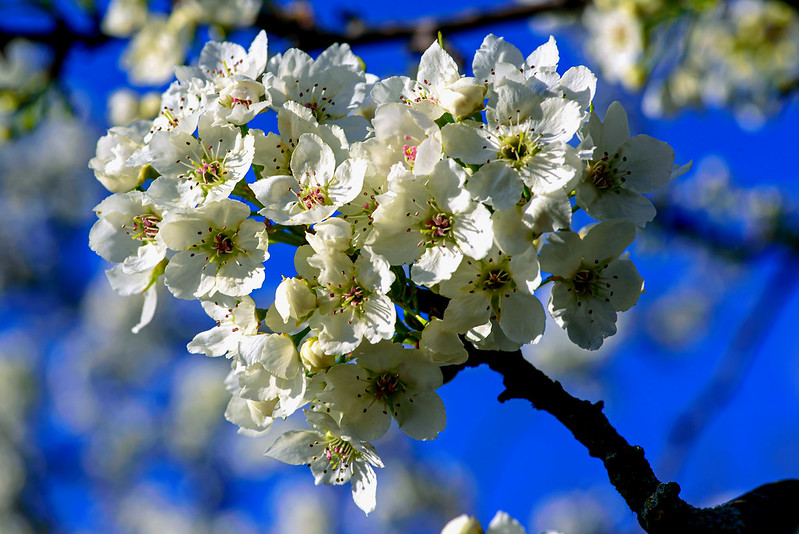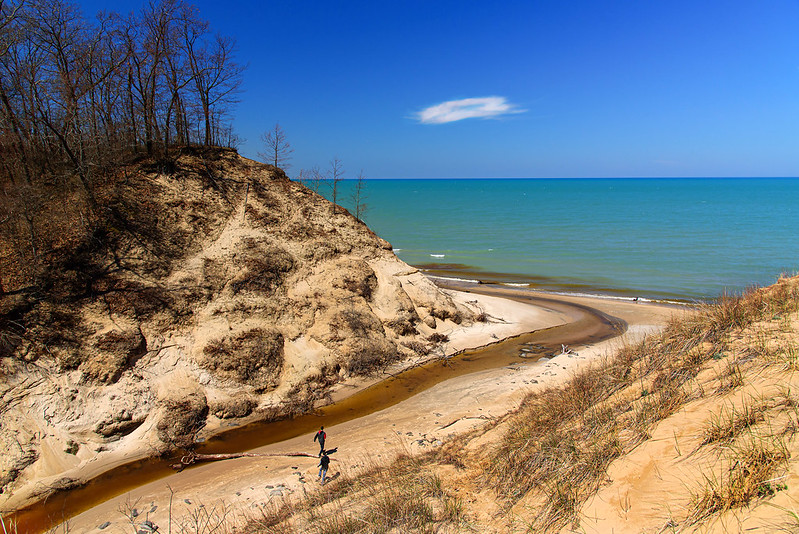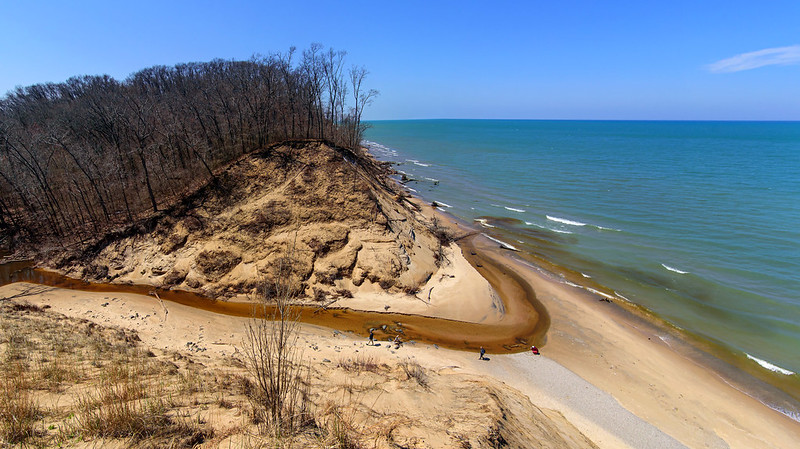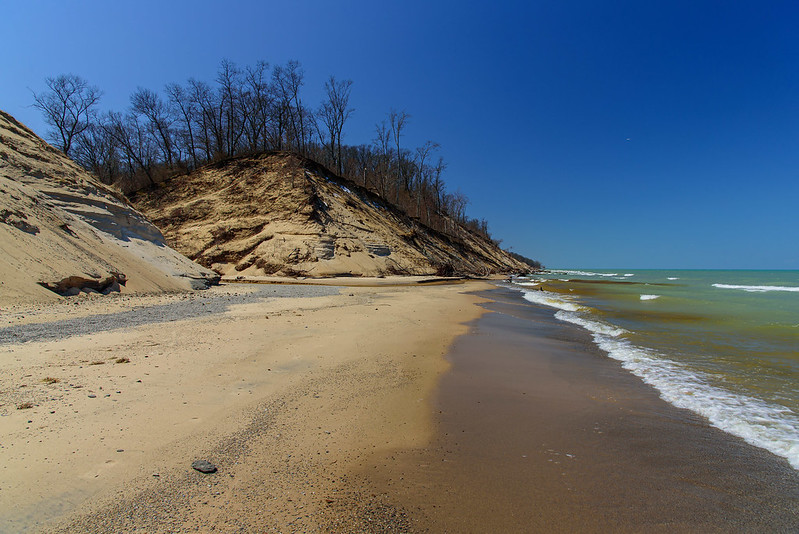
We know for sure it's spring when our pear tree blossoms in April. It may still be cold and windy, but spring is here for sure. In years when the temperatures climb early, it often gets very cold again in March, this can kill off the buds that formed in the warm spell. This usually results in a very few pear blossoms. This was true last year, and we're always quite disappointed, and a bit concerned that the tree won't survive the winter. So far, it's always pulled through- even in years with no blossoms.

In a normal year, the branches of the tree are covered in white blossoms. The blossoms form in groups about the size of a baseball, and only last about a week. Once they begin to drop off, the grass will be covered in small white petals, and it will for a time, look like snow.
Pear trees have a distinct fragrance, it's not appealing like crab apple trees, but it does remind me of springtime growing up - my friend Ken had a huge pear tree in his backyard in Chicago.








